

Uh oh...
It appears that you're using a severely outdated version of Safari on Windows. Many features won't work correctly, and functionality can't be guaranteed. Please try viewing this website in Edge, Mozilla, Chrome, or another modern browser. Sorry for any inconvenience this may have caused!
Read More about this safari issue.

It’s county fair season in Arkansas! One of our highlights each fall is attending the fair with my son and walking around the education building. Then, we go through all of the livestock and watch a show in the arena. He likes to look at the animals and read their names. We usually have a few giggles for the pig named Bubblegum, a goat named Freckles or the cow named Luigi.
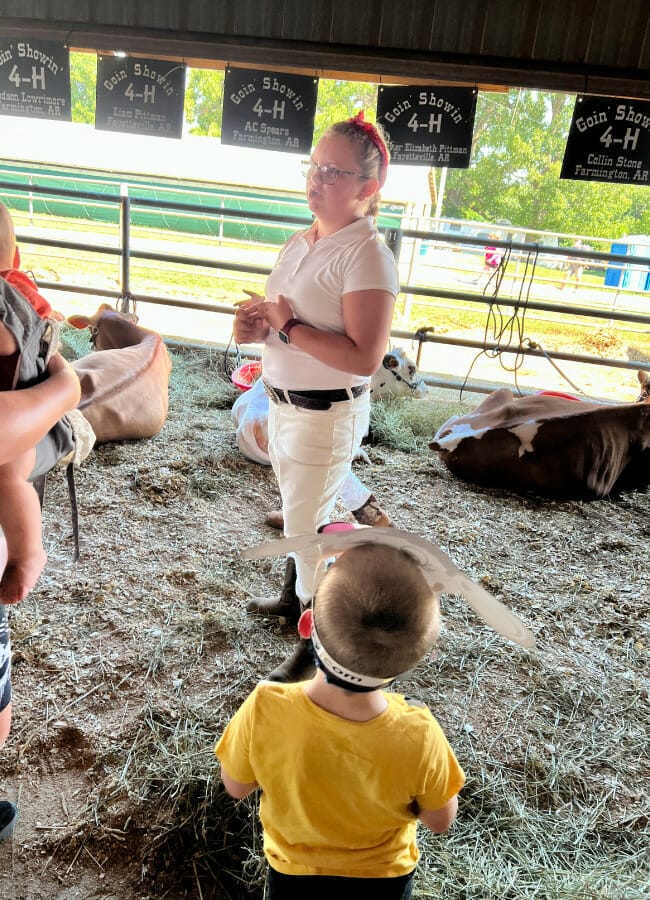
While I grew up in the city and am not much of a country girl, my son’s eyes light up when he looks at those farm animals and observes the children walking around caring for and showing their animals. He closely looks at the pottery and paintings, and I can tell his wheels are turning and thinking, “Could I be doing this?”
He started kindergarten this fall, and I know it’s time to start thinking about joining a 4-H Club, but that all looks pretty foreign to me, and I’m not ready to commit to raising an animal. So, I sat down recently with the team over the Washington County Fair and asked a few questions to help us get started. I learned their process is similar to most Arkansas counties, where a fair board plans the events and the exhibit opportunities for the fair each year. They work closely with the county extension office and 4-H Club leaders to share information and educate the public.
History/Purpose of the County Fair
The concept of a county fair dates to 1807, when a Massachusetts farmer hosted a sheep shearing competition and educational seminar to build better and more consistent farming practices in the area. As the local fair in MA grew, word spread and its popularity grew nationwide throughout the mid-1800s.
Like our local county fairs, baking contests, arena animal shows, food vendors, lectures and exhibits drew spectators and gave the agriculture industry a more comprehensive exposure range. As Pawnee Bill’s Wild West Show drew attraction across the country, a carnival atmosphere became synonymous with the experience to draw crowds and spectators. Volunteers and a fair board produce a week (or two) of fun for their local community, focusing on the agricultural industry and farming, with opportunities for a new generation to continue the cycle.
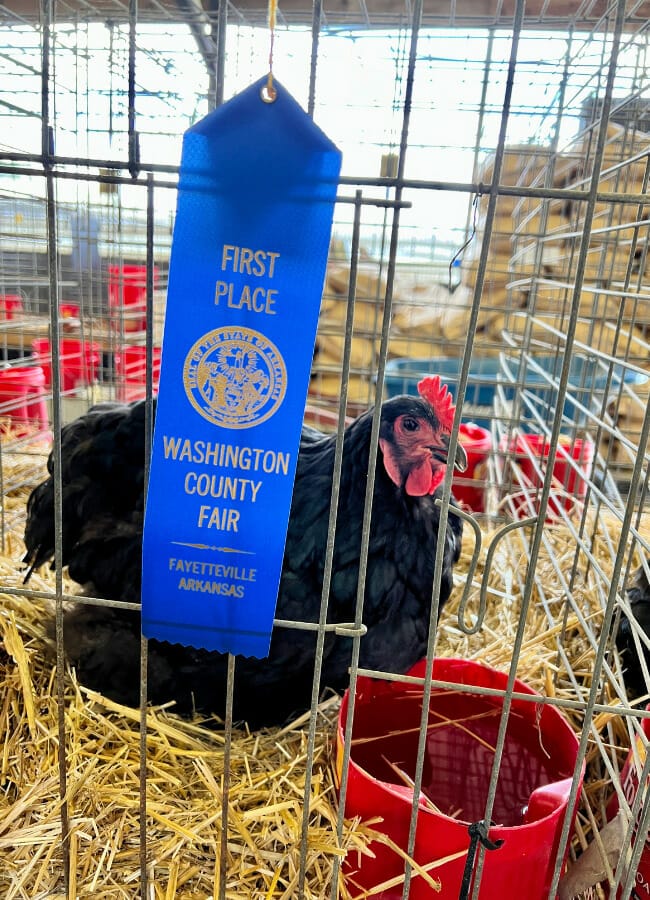
How can children be involved in the fair?
Local county fair opportunities fall into three main categories for junior divisions
- Home Economics – Arts and crafts displays, writings, fine arts and food science
- Agronomy – Explores horticulture, including the competition for the largest or tallest crops. Also included is an apiary section for beekeepers and measurements on eggs, hay and straw. Gardening and garden decor, flower arranging and bug displays round out these opportunities.
- Agriculture and Livestock – “showing animals,” as many call it, including cattle, swine, poultry, sheep, goats and rabbits.
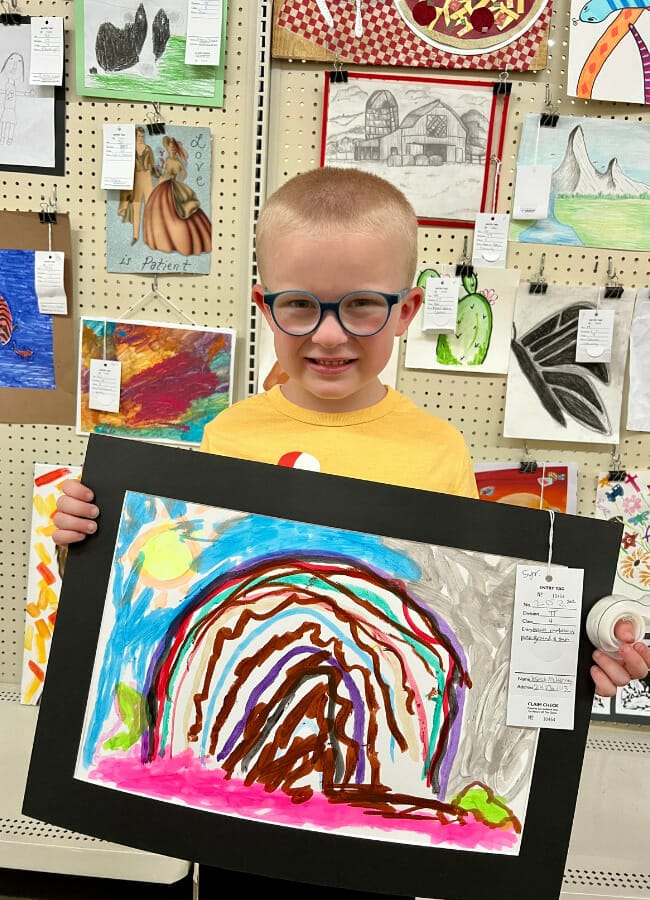
Where do you get started?
If you are like me and just trying to figure out where to get started, let me encourage you to connect with your local Extension Agent. While each of these agents is not immediately in charge of a local county fair, they aim to educate the next generation and perpetuate agriculture throughout the state.
4-H clubs and National FFA Organization (FFA) programs in schools are the primary ways the extension offices work on youth engagement and development. With a grounding belief that children learn best by doing, the 4-H programs focus on four areas – head, heart, health and hands. Opportunities through these programs intentionally develop leadership skills in youth and improve opportunities for them to exercise them in their communities.
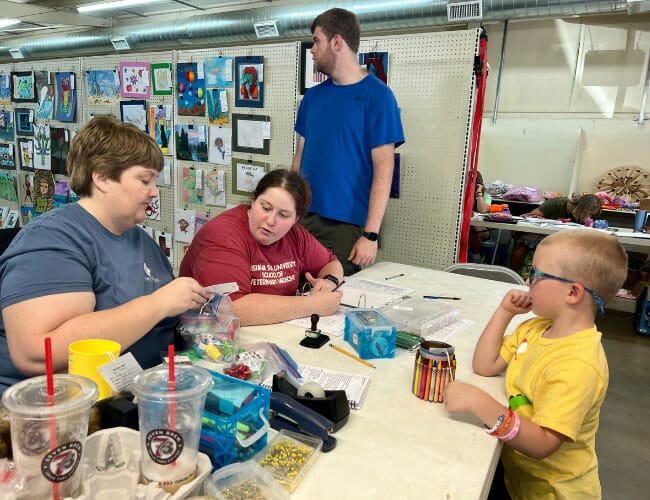
What can you do now?
If you are interested in being involved in your local county fair or learning more about a 4-H program in your community, it’s still possible to start, even if it’s already fair week!
- Ask questions at the fair – People around you can answer your questions in real time. Children showing animals are often willing to talk about their process with younger children.
- Reach out to an extension agent to find a 4-H Club – 4-H clubs are the gateway into exploring agriculture for children, and your local Extension Office keeps the contact details for your community. Not all 4-H clubs are created equal, so you are encouraged to shop around to find the best place to equip your child.
- Get involved – Once you attend four monthly meetings consistently, you are considered a club member. However, being involved consistently always helps build a community around those relationships and broadens your child’s knowledge base with exposure to new skills and topics.
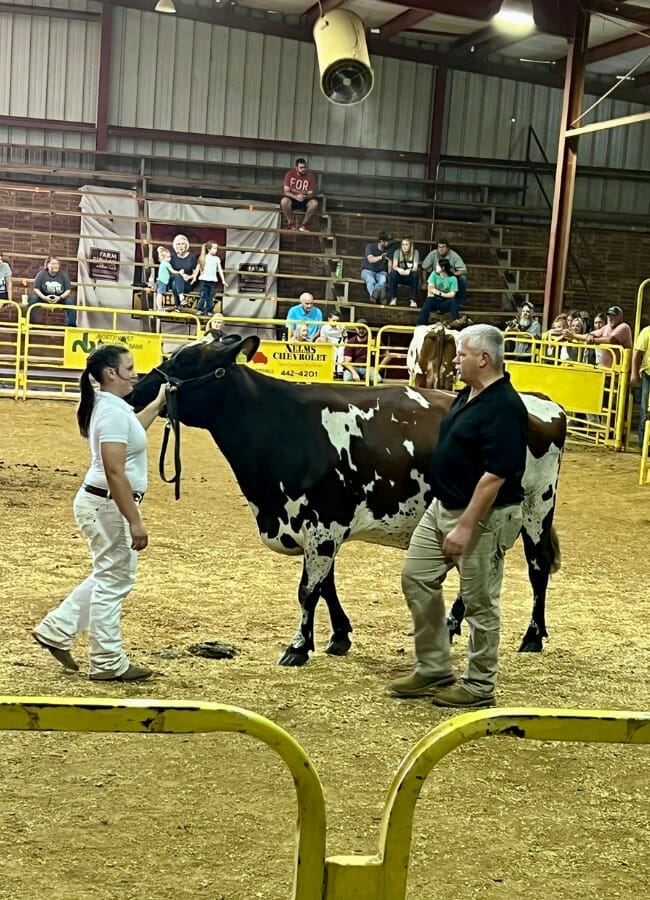
- Determine your timeline if you are raising an animal – If your child decides to show an animal, find out when you need to get your animal raised for showing. Most “farm children” say they start thinking about the county fair in June, but they can usually just grab an animal they are already raising. If this is your first time, remember that you will need to get a baby animal and raise it for the fair, a step you often take in the springtime.
- Attend workshops – 4-H or FFA groups offer classes, or you can interact with an older 4-H’er as a mentor.
- Attend other “shows” to see how the presentation goes and determine if this is something they want to do. Observation will teach them skills and techniques they can mimic as they learn.
- Enter the fair and participate! – Take the plunge and try. Make notes and improve for next year.
Participation in the fair increases awareness in youth about caring for others and develops leadership and business skills. Most children who grew up participating in the fair will tell you they learned many things that helped them in college, trade school or improving their family businesses. Make this the year!
Join the Conversation
Leave a Comment
2 responses to “Getting Kids Involved in the County Fair”
 Leave a Reply
Leave a Reply
We do the work.
You check your email.
Sign up for our weekly e-news.
Get stories sent straight to your inbox!










 Leave a Reply
Leave a Reply
[…] Getting Kids Involved in the County Fair […]
[…] fairs just around the corner, it’s time to start preparing to get involved yourself and help your children prepare to be involved in the county fair. Most farm kids know that come July 1, it’s time to get serious about the fair. Many […]